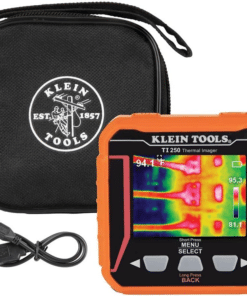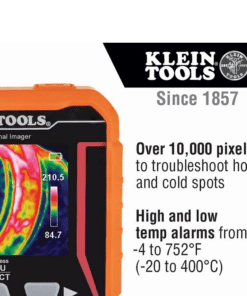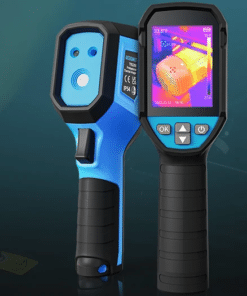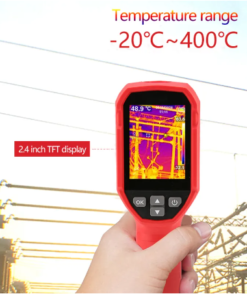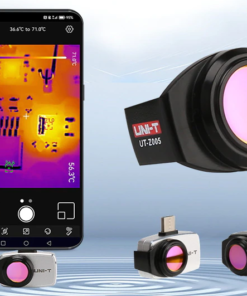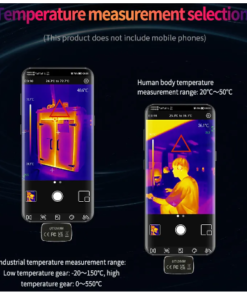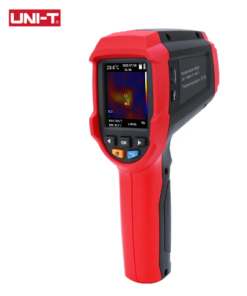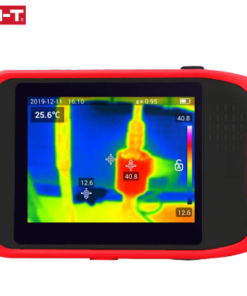Thermal Imager
A thermal imager is a device that detects and displays infrared radiation emitted by objects. This radiation is invisible to the human eye but can be captured by a thermal imager’s sensor and converted into a visual image.
How it works:
- Infrared Detection: The thermal imager’s sensor detects infrared radiation emitted by objects.
- Signal Processing: The sensor converts the infrared radiation into electrical signals.
- Image Formation: The electrical signals are processed to create a thermal image, where different colors represent different temperature levels.
Applications of Thermal Imagers:
- Building Inspection: Identifying heat loss, air leaks, and moisture problems.
- Electrical Inspection: Detecting overheating electrical components.
- Medical Diagnosis: Identifying inflammation and other health issues.
- Wildlife Observation: Tracking animals in low-light conditions.
- Industrial Maintenance: Detecting overheating machinery.
- Search and Rescue: Locating people in dark or obscured environments.
Key Features of Thermal Imagers:
- Thermal Sensitivity: The ability to detect small temperature differences.
- Image Resolution: The clarity and detail of the thermal image.
- Temperature Range: The range of temperatures the camera can measure.
- Frame Rate: The speed at which the camera captures images.
- Portability: The size and weight of the camera.
By using thermal imagers, individuals and organizations can identify potential problems, improve energy efficiency, and enhance safety.
Thermal Camera
Thermal Camera
Thermal Imager
Thermal Imager
Infrared Thermal Imager
Thermal Imager
Thermal Imager
Infrared Thermal Imager

